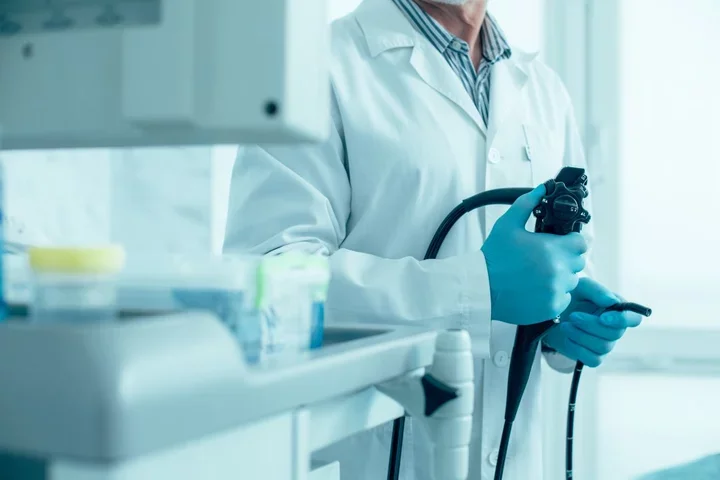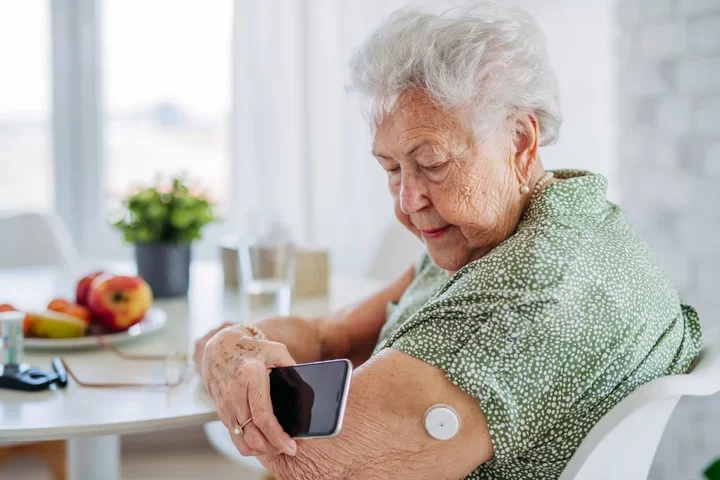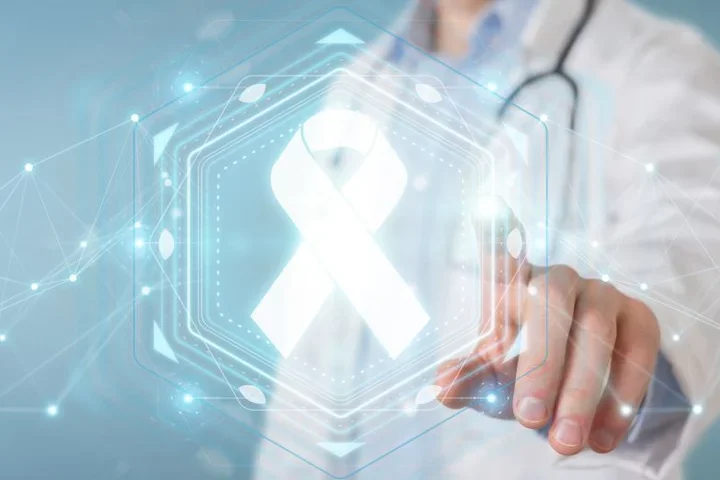Improving Fracture Prediction in Post-Menopausal Women

Half of all postmenopausal women will experience an osteoporosis-related fracture in their remaining lifetimes. As these fractures can lead to disability, loss of independence, and death, it is important to identify who is at risk for early intervention and mitigation.
While clinical guidelines support routine osteoporosis screening for women aged ≥65 years, only selective screening is recommended for younger postmenopausal women aged 50-64 based on the use of risk assessment tools (e.g., OST, FRAX, SCORE). However, we have shown that these tools – which were not specifically developed for women in this age group – do not differentiate well between women who do and do not have osteoporosis (based on bone mineral density, BMD) and/or subsequent fracture. The objective of this project is to explore machine learning (ML) to improve osteoporosis risk assessment in young postmenopausal women. Prior ML-based analyses for osteoporosis and related fractures exist but are on non-American populations and/or are of limited size.
We will use the large Women's Health Initiative (WHI) Study (>160,000 individuals from the United States), to develop, validate, and compare different machine learning approaches (random forests; logistic regression; dynamic belief network, DBN) for younger postmenopausal women. ML models will be constructed and assessed for two tasks: 1) predicting fracture risk in women aged 50-64 (Aim 1); and 2) predicting osteoporosis (per BMD; Aim 2). In each case, we will build ML models using existing risk factors from current tools, as well as add additional variables collected from the WHI to identify new features that may improve predictive power. We will also assess the value of temporal model by building DBNs, using an individual's past observations to guide predictions. We will compute technical performance metrics (e.g., sensitivity, specificity, positive predictive value) and conduct error analyses to contrast what (sub)groups each model (in)correctly identifies. We will also perform sensitivity analyses to ascertain the impact of different variables on the robustness of the model's predictions.
Lastly, we plan to externally validate (Aim 3) the models from Aims 1 & 2 using a UCLA dataset derived from our electronic health record (EHR), investigating the degree of transportability. Successful execution of this R21 will: 1) develop and test different ML models predicting major osteoporotic fracture and osteoporosis in US women; 2) identify potential additional variables that inform the risk of these conditions; and 3) provide insight into areas where such ML-models may be improved through stratification and/or future methodological approaches. The results from this R21 will serve as a baseline for a broader R01 to develop more effective predictive models for fracture and osteoporotic risk.
PUBLIC HEALTH RELEVANCE: One in two postmenopausal women will experience an osteoporosis-related broken bone (fracture) in their remaining lifetimes. As the consequences of osteoporosis include chronic pain, loss of independence, and even death, it is important to be able to predict who will develop this condition before it occurs. Using a large national dataset, this project will create and test risk tool that will lead to more accurate prediction of osteoporosis and fractures in young postmenopausal women.



